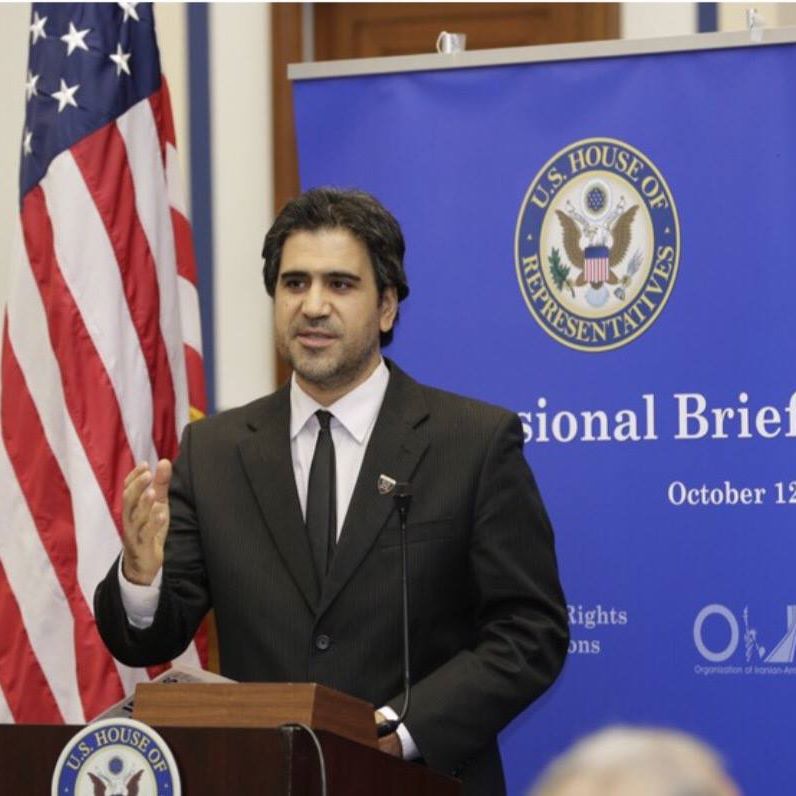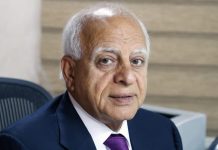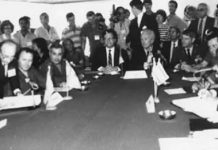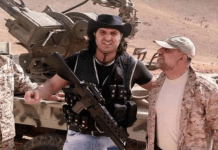Iranian people’s disaffection with the regime peaking
الدكتور مجيد رفيع زاده: استياء الشعب الإيراني من نظام الملالوي هو في ذروته
Dr. Majid Rafizadeh/Arab News/July 08/18
The Iranian people’s frustration and the protests against the clerical establishment have taken on a new and distinct character.
When the widespread uprising erupted in 2009, people mainly asked the government to count their votes. They did not chant for regime change, but demanded fair and free elections. The regime did not adequately address people’s concerns.
The vast protests in late 2017 and early 2018 reached a new level. People, particularly farmers and workers, began publicly criticizing both the moderates and hard-liners, and many Iranians demanded that the ruling clerics step down from power.
The most recent protests, which took place over the last two weeks, shared several commonalities with the demonstrations that erupted at the beginning of the year, specifically when it came to people’s economic, political, social and economic grievances, and their disenchantment with the mullahs. Chants such as “strike, strike,” “we are all together,” “let go of Syria, think about us,” “close your stalls,” and “No Gaza, No Lebanon, my life for Iran” were heard on the streets of Tehran and across several other cities and towns.
But it is worth noting that the latest protests also brought a new character to the unrest, which can be perceived as a threat to the Iranian regime.
First of all, the middle class is joining the lower socio-economic class of Iranian society. In the latest protests, many of the protesters and merchants were considered to be from the middle class. As a result, although some policy analysts and scholars may argue that only Iran’s labor class has grievances against the political system, it is evident that it is not only the poor that are suffering and are fed up with the clerical establishment.
It is also important to point out that the social and economic classes are extremely important in uprisings due to their power in directing unrest. Many historians, political scientists and social theorists agree with the notion that one of the major prerequisites for a fundamental social or political change (such as a revolution or major reform) is the rise of the middle class against the ruling political establishment.
In other words, when the middle class is economically and socially blocked from progress by the state’s apparatuses — due to political repression and the state’s controlled, monopolized and stagnant economy — vital and potentially fatal challenges will sooner or later arise against the ruling political and religious establishment, no matter how powerful the regime is.
The second significant issue is that the latest protests are concentrated in the capital, Tehran. These were the second large protests in Tehran following the 2009 Green Movement, which saw Ayatollah Ali Khamenei side with the hard-line President Mahmoud Ahmadinejad against the people’s complaints that the election was rigged at the expense of moderate candidate Mir Hossein Mousavi. Iranian leaders fear any protests in Tehran due to the fact that, historically, any fundamental change in Iran occurred when people from the capital rose up against the regime.
Iran’s leaders ought to be extremely wary that the people’s disaffection with the authorities has reached perilous levels.
Third, the recent protests in the Grand Bazaar are critical because it is home to conservative and religious people, who have been the critical support and social base for the clerical establishment since 1979.
Fourth, the United States and many countries in the region, which have been negatively impacted by the Iranian regime’s aggressive and militaristic policies, are politically and economically putting pressure on Tehran, as well as sympathizing with the Iranian people’s grievances and cause.
Furthermore, many dissidents in exile are joining hands and urging the international community to hold the Iranian regime accountable and responsible for human rights violations and the suppression of basic freedoms — the freedoms of speech, assembly and the press, and cracking down on its own citizens.
For example, Maryam Rajavi, the leader of the National Council of Resistance of Iran, saluted the brave protesters for their uprising against high prices, corruption and the looting of Iran’s assets by the mullahs’ regime, and called on all shopkeepers, tradesmen and merchants throughout the country to support and join the protesters.
“The currency crisis and unprecedented high prices, which has imposed a burdensome pressure on the overwhelming majority of the people of Iran, is the outcome of the policies of the ruling religious fascism,” she said. “From the beginning, they have wasted the assets of the Iranian people, either by spending on domestic repression, nuclear projects, export of terrorism and fundamentalism and warfare in Syria, Iraq, Yemen, Lebanon and other countries in the region, or have been looted by the regime’s corrupt leaders.”
In conclusion, the Iranian leaders ought to be extremely wary that the people’s disaffection and disenchantment with the authorities have reached perilous levels. The unrest is taking on a new character with the inclusion of various socio-economic classes, including the middle and labor classes. People from cities and towns, as well as the capital, are fed up with the system. All these signs point to the potential that the hold on power of Iran’s ruling clerics is at a dangerous crossroads if the leaders don’t adequately and immediately address the people’s demands and grievances.
• Dr. Majid Rafizadeh is a Harvard-educated Iranian-American political scientist. He is a leading expert on Iran and US foreign policy, a businessman and president of the International American Council. Twitter: @Dr_Rafizadeh






















